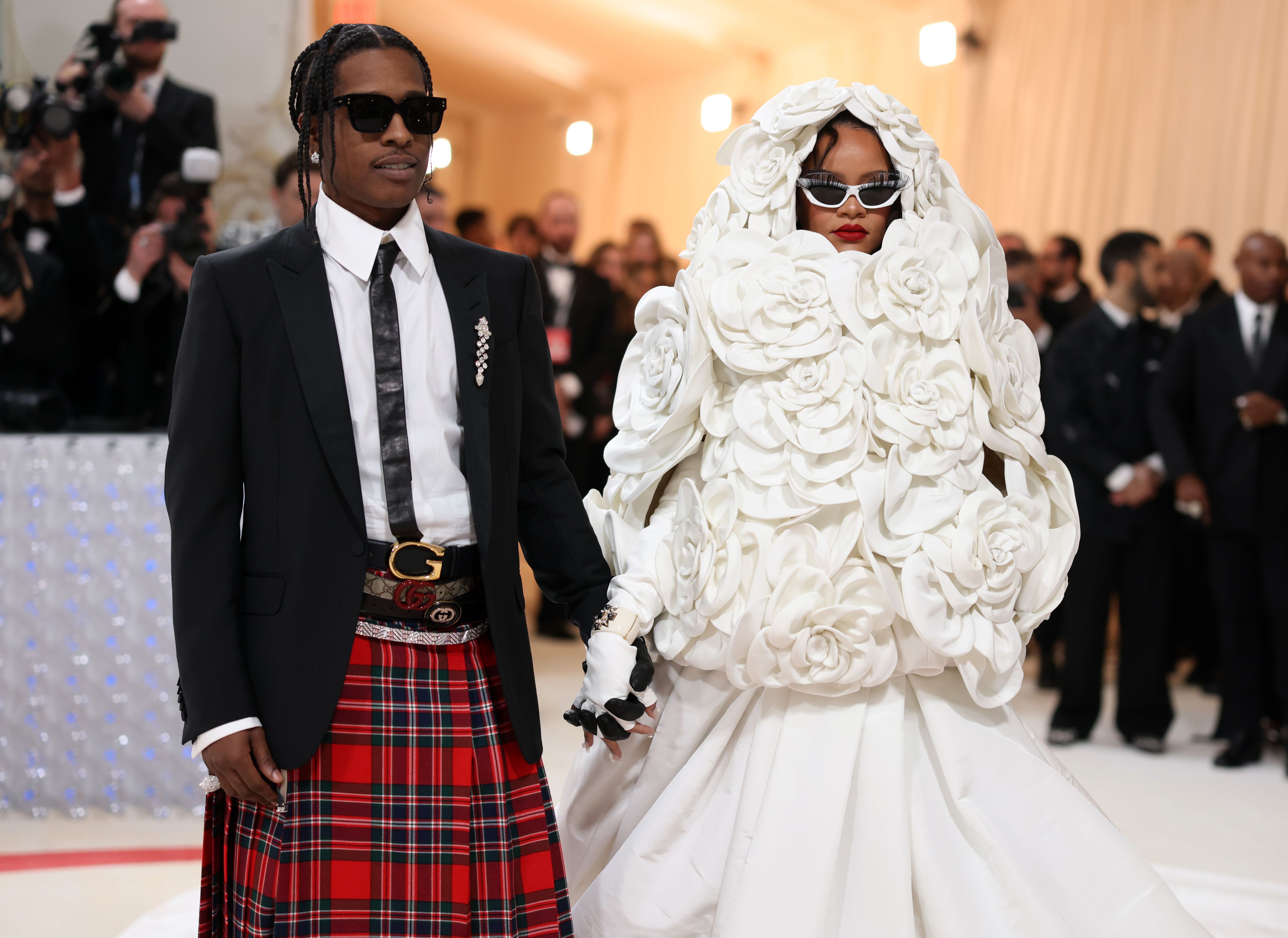


For the first time, white people enter the Shang family tree, with mixed-race bloodlines introduced into the previously Asian-only brood through marriages with Brits. It starts with the very title of the novel-Rich People Problems-which sheds the ethnic associations of its predecessors, Crazy Rich Asians and China Rich Girlfriend. Inspired by Kwan’s own childhood among Singapore’s wealthy, the underlying premise of extreme privilege led by characters who are unapologetically Asian-generously using Cantonese and Hokkien slang-remains a constant in the final novel but with a few new developments that underscore just how visible this loaded Asian narrative has become as the world adjusts to an increasingly powerful China. (Those pricey pet fish, called arowanas, are a real thing.) Embellished with snarky but informative footnotes, the novel is colored with Asian cultural context as the plot moves briskly through the decadent lifestyles of an extended Singapore-based Chinese family, the Shangs. What makes these campy novels so deliciously fascinating is that they sometimes read more like an insider crash course on uber-rich Asian society than satirical comedy.


(The last drama with an all-Asian cast was 1993’s The Joy Luck Club, a tale of immigrant Chinese women.) It’s placed Kwan on the New York Times best-seller list and spun off to an upcoming Crazy Rich Asians movie starring Constance Wu, a game-changer in its own right as the first Hollywood romantic comedy to feature an all-Asian cast. This is one of many details in Kevin Kwan’s new novel Rich People Problems, the last in the Crazy Rich Asians trilogy that has garnered intense international buzz since the first book’s debut in 2013. For those who have made it to this gilded stratosphere-or were born into it-it’s not out of line to spend $300,000 on a pet fish and then hire a plastic surgeon to give it an eye lift and fix its crooked jawline. There is a point in wealth after which even the sky seems limited.


 0 kommentar(er)
0 kommentar(er)
